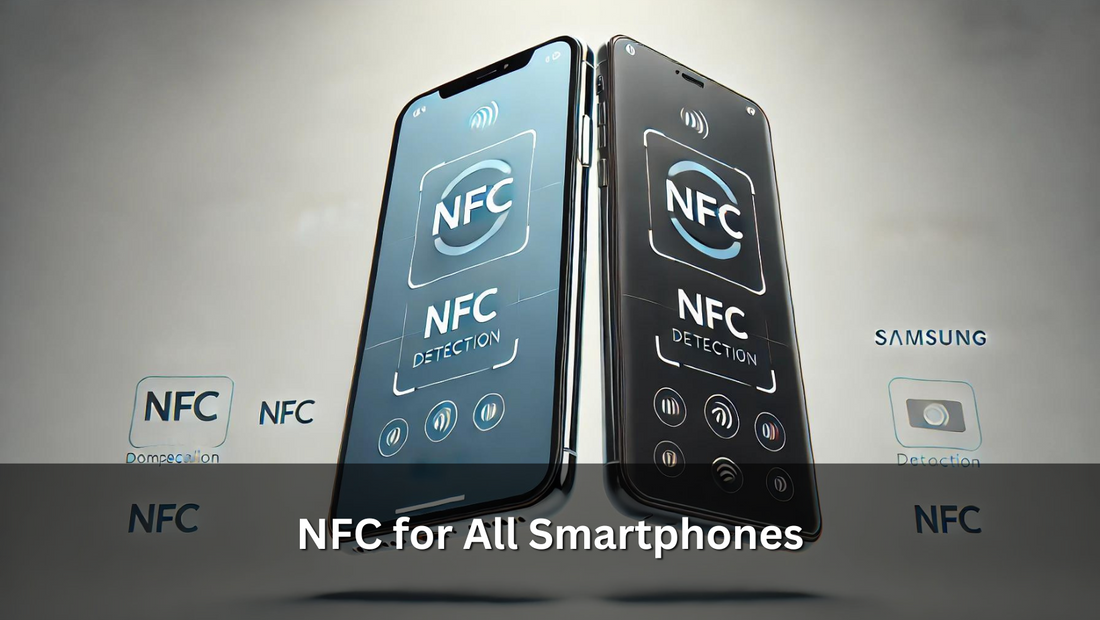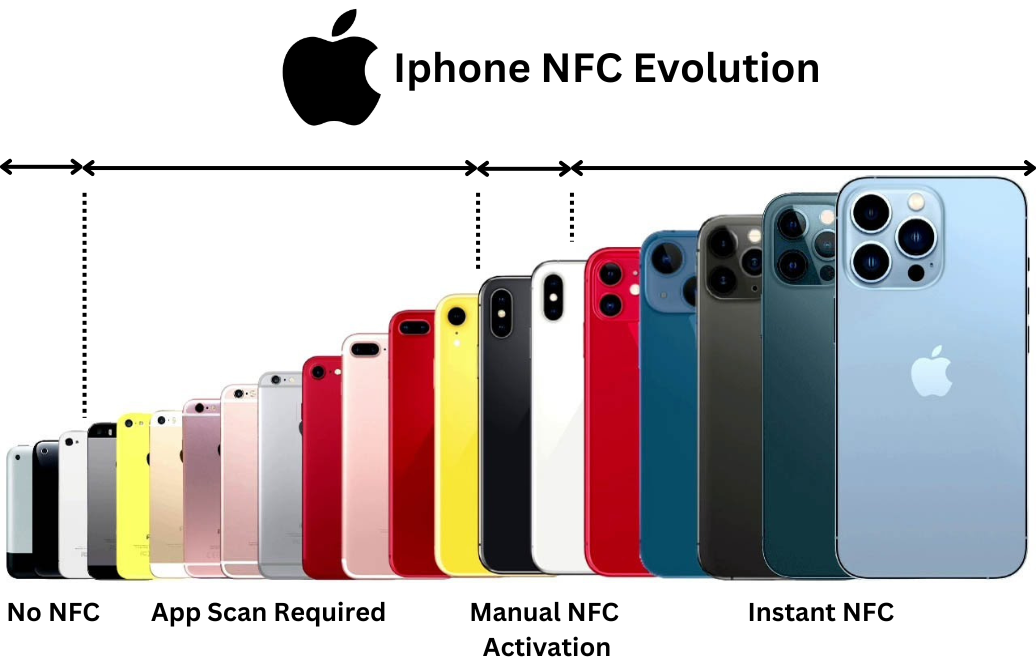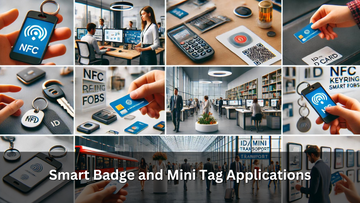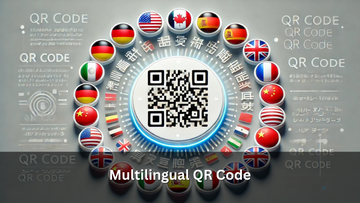NFC for All Smartphones

Introduction to NFC Technology
Near Field Communication (NFC) is a short-range wireless technology that allows devices to exchange data when they are within a few centimeters of each other. This technology is commonly used for contactless payments, data sharing, and quick pairing of devices. NFC is built into most modern smartphones, including both iOS and Android devices. It operates on the principle of electromagnetic induction between two loop antennas located within the devices. The ease of use and versatility of NFC technology have made it an essential feature for various applications in everyday life, from secure transactions to smart home interactions.
NFC Compatibility Across iOS and Android Devices
NFC technology is widely supported across both iOS and Android devices, making it a versatile tool for many applications. iPhones come equipped with NFC capabilities, which are used for various NFC-enabled interactions. On the Android side, most modern smartphones, including those from Samsung, Google, and other major manufacturers, support NFC. Users need to ensure that their NFC functionality is turned on in their device settings. Understanding the NFC detection area is crucial: for most iPhones, it is located on the top edge, while for most Samsung phones, it is typically on the backside. This compatibility ensures seamless communication and data exchange across different devices.

How to Enable NFC on Your Smartphone
Enabling NFC on your smartphone is a straightforward process. For new iPhones, NFC functionality is integrated and works automatically in the background for supported applications and services. There’s no manual toggle required; simply use an NFC-compatible app or service. For Android users, To turn on NFC, just slide down the notification panel from the top and tap on the NFC icon. Ensuring NFC is enabled allows for smooth contactless payments, data transfers, and other convenient interactions, making it an essential feature for maximizing your smartphone’s capabilities.

Checking the NFC Detection Area on Your Phone
To effectively use NFC, it's essential to know where the NFC detection area is located on your smartphone. For most iPhone models, the NFC reader is situated on the top edge of the device. This area should be aligned with the NFC tag or another device during transactions or data exchanges. On Samsung devices and many other Android phones, the NFC detection area is typically found on the backside, near the center. Locating and aligning the NFC reader correctly ensures successful interactions. Checking your phone’s manual or manufacturer’s website can provide precise information for your specific model, facilitating seamless NFC usage.

Using QR Codes for Older Smartphones
For smartphones that lack NFC capabilities, QR codes provide an excellent alternative for sharing information. Custom items from NFC Tagify, such as colored PVC digital cards, can be printed with QR codes to ensure compatibility with older devices. QR codes are easily scanned using the camera app on most smartphones, making them a versatile solution for various applications. Whether it's sharing contact information, linking to websites, or facilitating quick payments, QR codes bridge the gap where NFC is not available. This dual approach of incorporating both NFC and QR codes ensures that no smartphone user is left out, regardless of their device's age or capabilities.
Practical Uses of NFC in Daily Life
NFC technology has become an integral part of daily life due to its convenience and versatility. One of the most common uses is for contactless payments through services like Apple Pay and Google Wallet, allowing users to make secure transactions with a simple tap. NFC is also widely used for sharing contact information, photos, and files between devices quickly and effortlessly. In public transportation systems, NFC enables tap-and-go ticketing, streamlining the commuting process. Additionally, NFC tags can be programmed for smart home applications, such as turning on lights or connecting to Wi-Fi networks with a tap. Businesses use NFC for customer engagement, offering interactive experiences through NFC-enabled marketing materials and loyalty programs. This technology's seamless integration into various aspects of everyday activities highlights its significance and potential for future innovations.
NFC for Business and Marketing
NFC technology offers significant advantages for businesses and marketing strategies. Companies can use NFC-enabled business cards to share contact information instantly, creating a seamless networking experience. NFC tags embedded in promotional materials, such as posters and brochures, allow customers to access additional content, such as websites, videos, or special offers, with a simple tap. Retailers utilize NFC for loyalty programs, enabling customers to check points or redeem rewards effortlessly. In hospitality, NFC can streamline processes like check-ins, room access, and payments. By integrating NFC into marketing campaigns, businesses can enhance customer engagement, track interactions, and gather valuable data to optimize their strategies. NFC-enabled business cards, such as those offered by NFC Tagify, are a must-have item nowadays to introduce yourself in a modern way, making NFC an invaluable tool in the modern business landscape.
Troubleshooting Common NFC Issues
While NFC technology is generally reliable, users may occasionally encounter issues. Common problems include difficulty in establishing a connection or inconsistent data transfers. To troubleshoot, first ensure that NFC is enabled on both devices and that they are positioned correctly, with the NFC detection areas aligned. Check for any obstructions, such as cases or covers, that might interfere with the NFC signal. Restarting your smartphone can also resolve temporary glitches. If problems persist, verify that your device’s software is up to date, as updates often include NFC improvements. For older devices, using QR codes as an alternative can provide a reliable solution. Consulting your device’s manual or support website can offer additional troubleshooting steps and solutions.
Encoding the Card:
- The card should only be encoded with a single URL; avoid adding any other information otherwise you will get an error message.
- Ensure that NFC functionality is enabled on your Android device.
- Avoid any metal objects or thick covers that could block the NFC signal.
Phone Compatibility:
- Check the location of your phone's NFC reader (detection area):
- For most iPhone models, it's located on the top edge.
- For most Samsung series phones, it's typically on the backside.
- The NFC detection area on metal cards is only on the back side of the card on the NFC chip.
Additional Troubleshooting:
- If you encounter issues, try using another phone to test the NFC functionality.
- Check if the device supports NFC at all.
-









